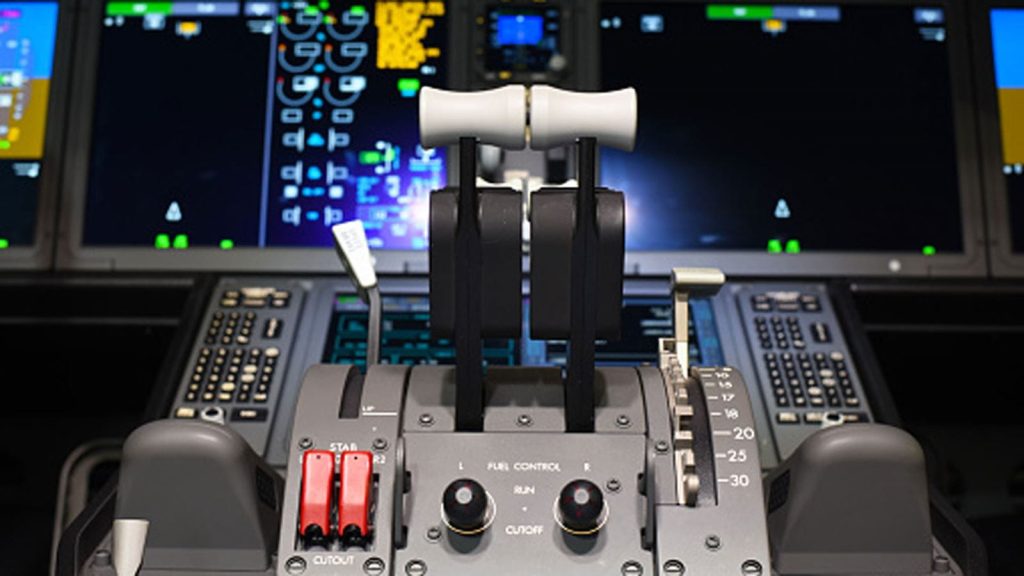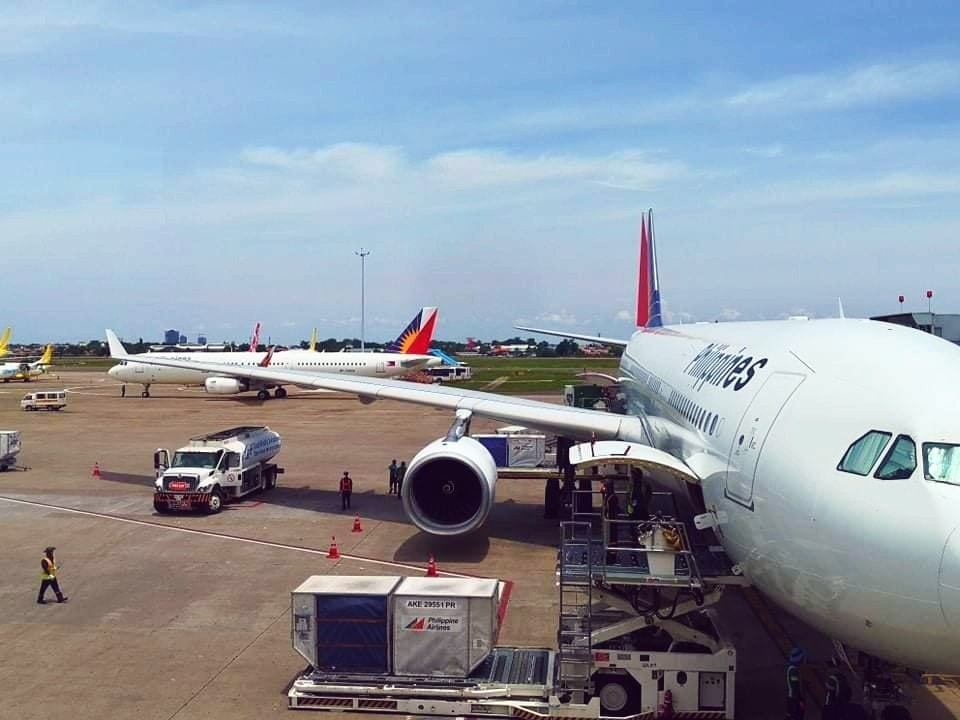India’s Aircraft Accident Investigation Bureau (AAIB) has released the preliminary report on the crash of Air India flight AI171, a Boeing 787-8 Dreamliner, which went down shortly after takeoff from Ahmedabad’s Sardar Vallabhbhai Patel International Airport on June 12, 2025.
The flight was en route to London Gatwick with 230 passengers and 12 crew members on board. According to the AAIB, both engines shut down unexpectedly just seconds after liftoff.
“The aircraft achieved the maximum recorded airspeed of 180 Knots IAS at about 08:08:42 UTC and immediately thereafter, the Engine 1 and Engine 2 fuel cutoff switches transitioned from RUN to CUTOFF position one after another with a time gap of 01 sec,” the report stated.
Seconds later, the aircraft lost altitude and crashed into multiple buildings approximately 0.9 nautical miles from the runway. The accident resulted in 260 fatalities, including all 12 crew members and 229 passengers, as well as 19 people on the ground. One passenger and 67 others on the ground sustained injuries.

The cockpit voice recorder captured a brief exchange between the pilots after the engines shut down: “One of the pilots is heard asking the other why did he cutoff. The other pilot responded that he did not do so.”
Flight data showed both engines attempted automatic relight, with one engine showing partial recovery. However, the aircraft remained unable to gain altitude, leading to impact and post-crash fire.
The thrust levers were found in the idle position, but data showed they were set to takeoff thrust until the crash. The fuel control switches were confirmed to be in the “RUN” position prior to the incident.
Photos and wreckage analysis indicate the aircraft struck several buildings, starting with the BJ Medical College hostel. Wreckage was scattered over a 1,000 ft by 400 ft area, with key components including the engines, wings, landing gear, and tail section found embedded in nearby structures.
The AAIB confirmed that the crash triggered international participation under ICAO Annex 13 guidelines. Accredited representatives from the United States National Transportation Safety Board (NTSB), Boeing, General Electric, and the FAA joined the investigation. Officials from the UK, Portugal, and Canada also took part due to the fatalities of their citizens on board.
The crash aircraft, VT-ANB, had last undergone line maintenance in May and carried active Minimum Equipment List (MEL) items, all within valid periods. There was no indication of a technical defect involving the fuel control switches in the aircraft’s recent maintenance history.

Although a Special Airworthiness Information Bulletin (SAIB) from the FAA in 2018 warned of possible disengagement of fuel control switch locks, the bulletin was advisory and not considered an airworthiness directive. Air India did not conduct the suggested inspections.
Both flight data recorders were recovered, with the forward unit yielding usable audio and flight data covering six flights, including the accident. The data download was made possible through a “Golden Chassis” provided by the NTSB.
At this stage, the investigation team has not issued safety recommendations for Boeing 787-8 or GEnx-1B engine operators.
The AAIB stated, “The investigation is continuing and the investigation team will review and examine additional evidence, records and information that is being sought from the stakeholders.”


























Leave a comment